5 Key Centrifugal Fan Types and Their Unique Uses
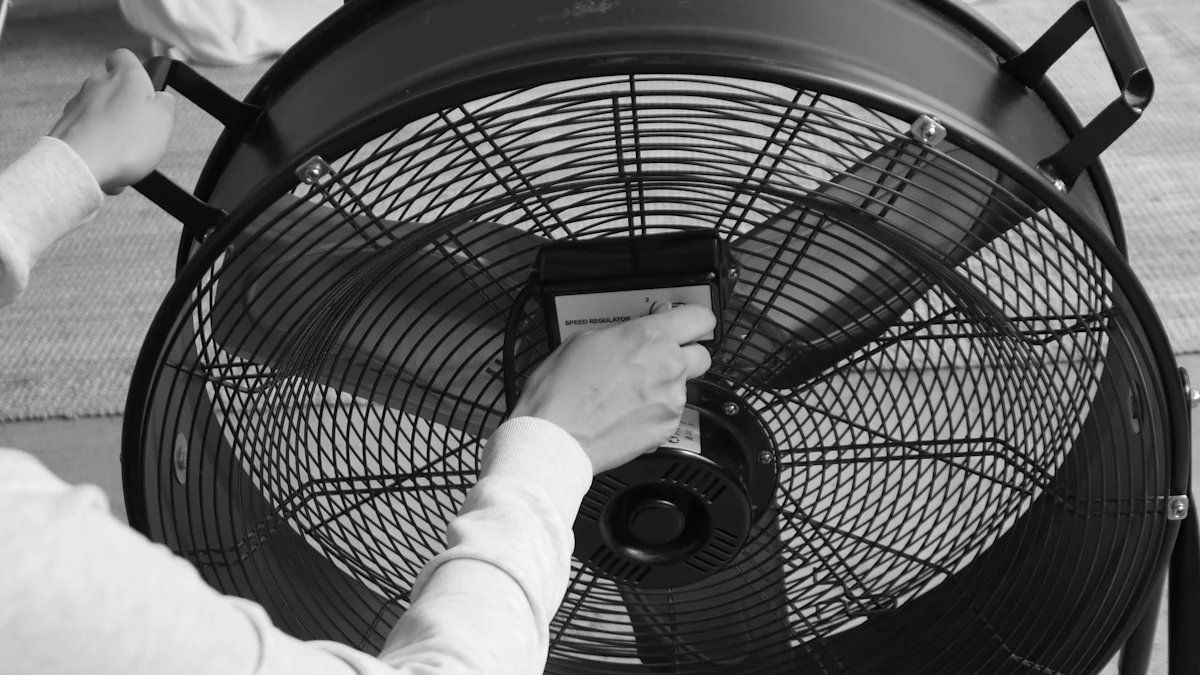
Centrifugal fans play a crucial role in various industries. These fans handle large volumes of air efficiently. Industries rely on centrifugal fans to generate high-volume airflow with moderate to high pressure. The versatility of centrifugal fans makes them indispensable in industrial and commercial applications. Understanding the different types of centrifugal fans helps in selecting the right one for specific needs. This knowledge ensures optimal performance and efficiency in any application.
What Are the Main Types of Centrifugal Fans?
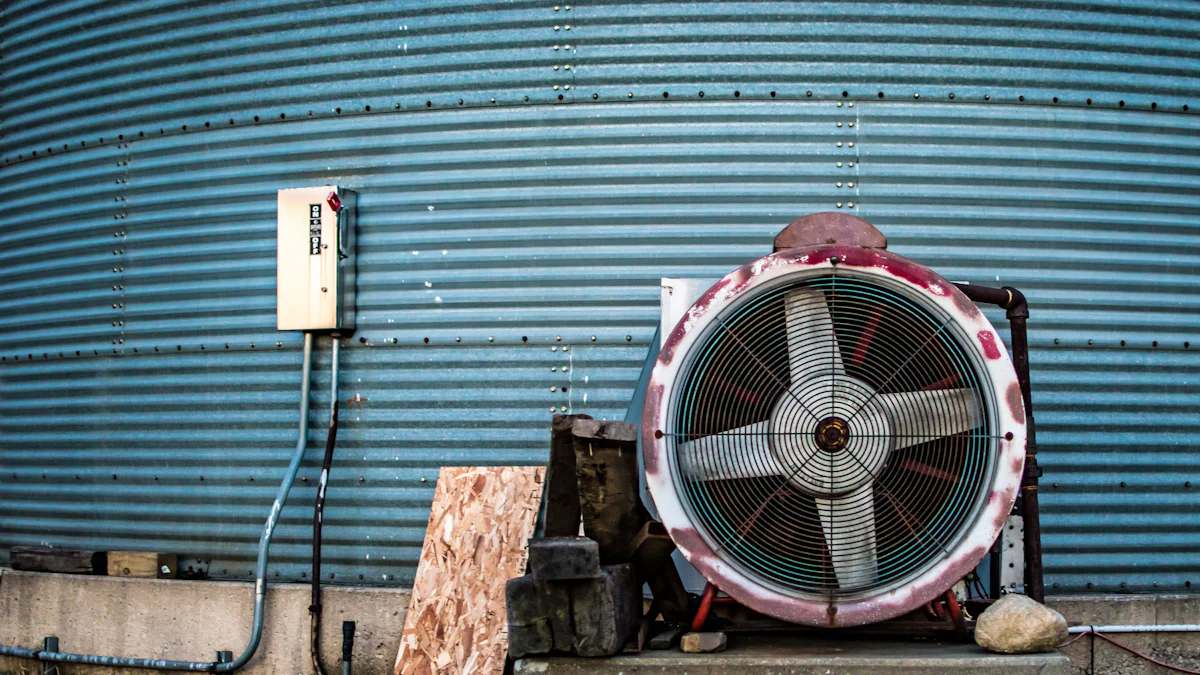
Understanding the different types of centrifugal fans can help you make informed decisions for your specific needs. Each type has unique characteristics and applications, making them suitable for various environments.
How Does the Forward Curved Centrifugal Fan Work
Design Characteristics
The forward curved centrifugal fan features blades that curve forward. This design allows the fan to generate significant airflow at low pressures. The forward-curved blades are ideal for applications where noise reduction is important. The fan operates quietly, making it perfect for settings like HVAC systems and air purifiers.
Efficiency and Performance
Forward curved fans excel in low-pressure environments. They provide efficient airflow without consuming excessive energy. These fans are known for their ability to move large volumes of air efficiently. The design ensures a smooth and steady flow, contributing to the overall performance of the system.
Common Applications
Forward curved centrifugal fans find use in HVAC systems, dust collectors, and air purifiers. Their quiet operation makes them suitable for residential and commercial spaces. These fans are also employed in environments where maintaining low noise levels is crucial.
Why Choose a Backward Curved Centrifugal Fan?
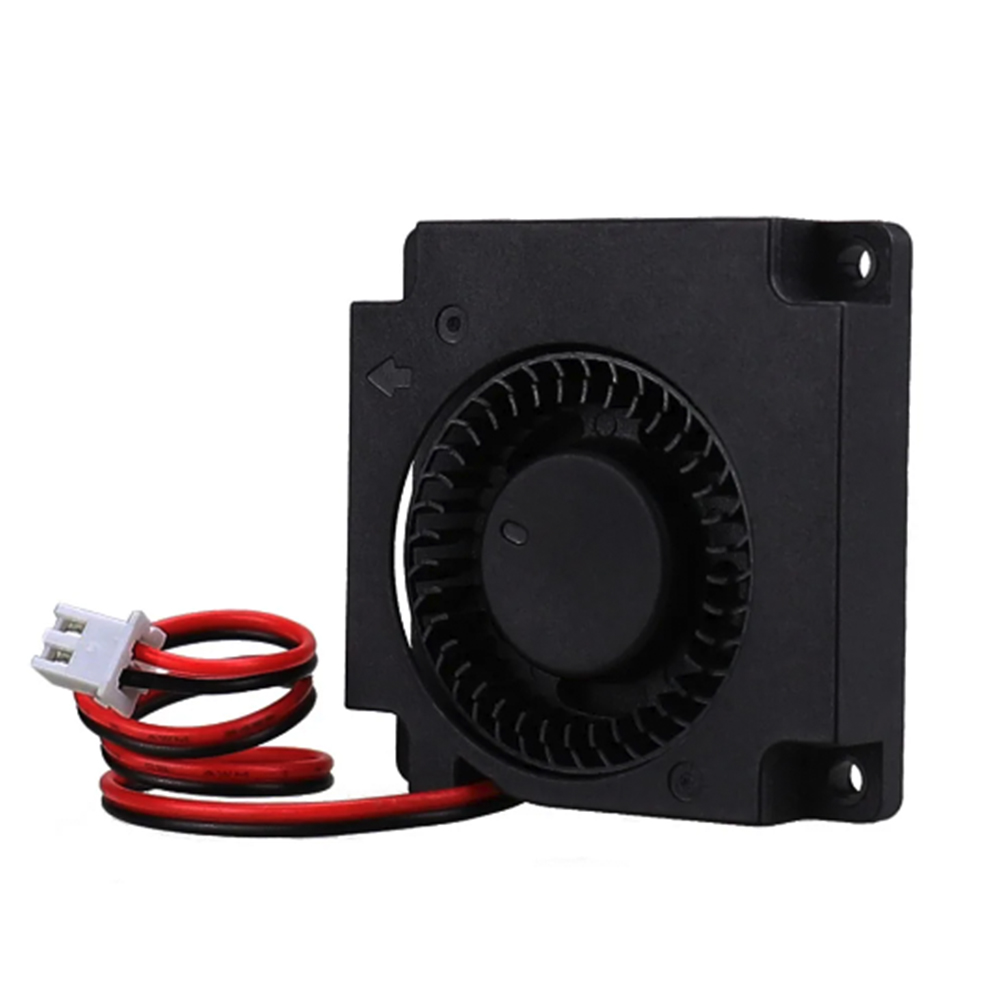
Design Features
The backward curved centrifugal fan has blades that curve backward. This design generates higher pressure compared to forward-curved fans. The backward-curved blades enhance the fan's ability to handle high-pressure applications. The robust construction ensures durability and reliability.
Advantages in Use
Backward curved fans offer superior efficiency in high-pressure environments. They consume less energy while delivering powerful airflow. The design minimizes noise levels, making them suitable for industrial and commercial settings. These fans are preferred for their ability to maintain consistent performance over time.
Typical Uses
Backward curved centrifugal fans are commonly used in industrial ventilation systems, air conditioning, and refrigeration systems. Their high-pressure capabilities make them ideal for demanding applications. These fans are also employed in environments where energy efficiency is a priority.
What Makes the Radial Centrifugal Fan Unique?
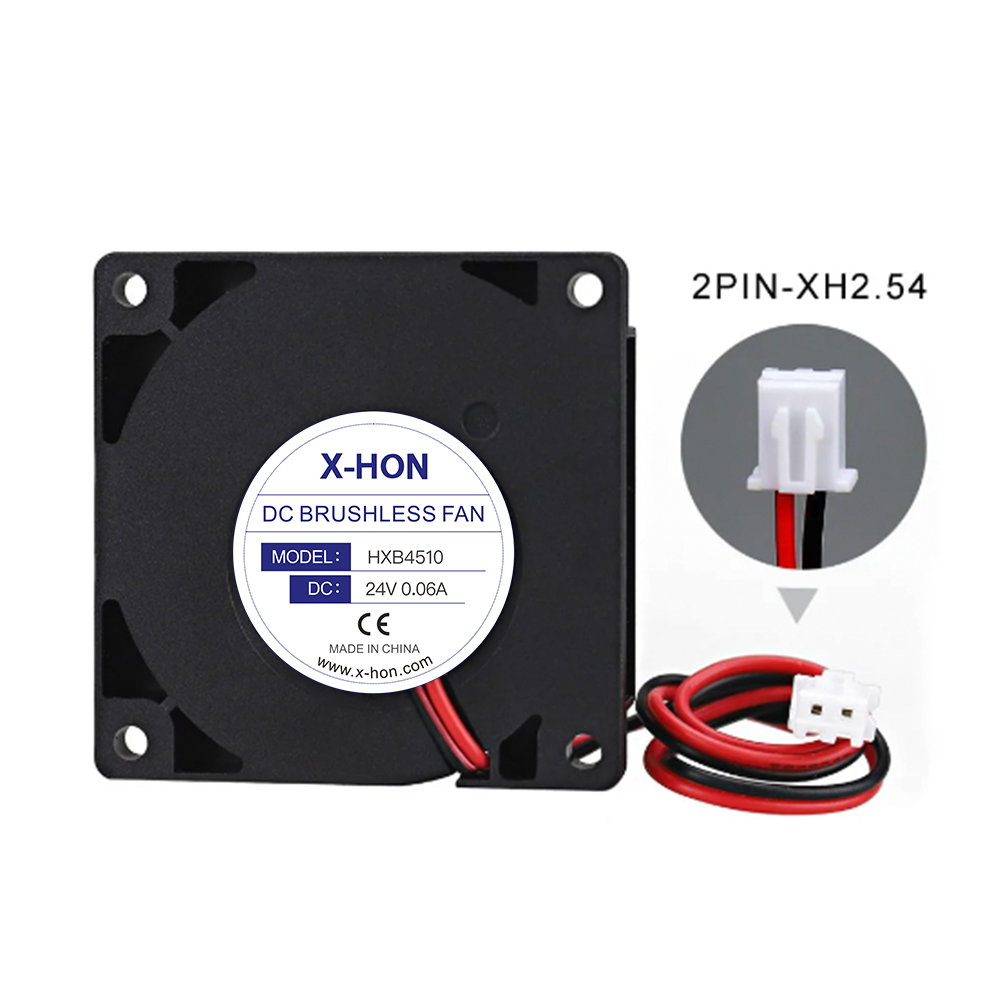
Structural Design
The radial centrifugal fan features a design that produces high-pressure airflow in a radial direction. The structure allows the fan to handle tough industrial conditions. The radial design ensures efficient material handling and exhaust operations.
Performance Benefits
Radial fans excel in producing high-pressure airflow. They are capable of moving smaller volumes of air with precision. The design targets specific areas, making them effective in focused applications. These fans are known for their reliability and robust performance.
Specific Applications
Radial centrifugal fans are frequently utilized in pneumatic conveying and industrial exhaust systems. They play a crucial role in material handling, transporting bulk materials like grain and sand. These fans are also used in environments where precise airflow control is necessary.
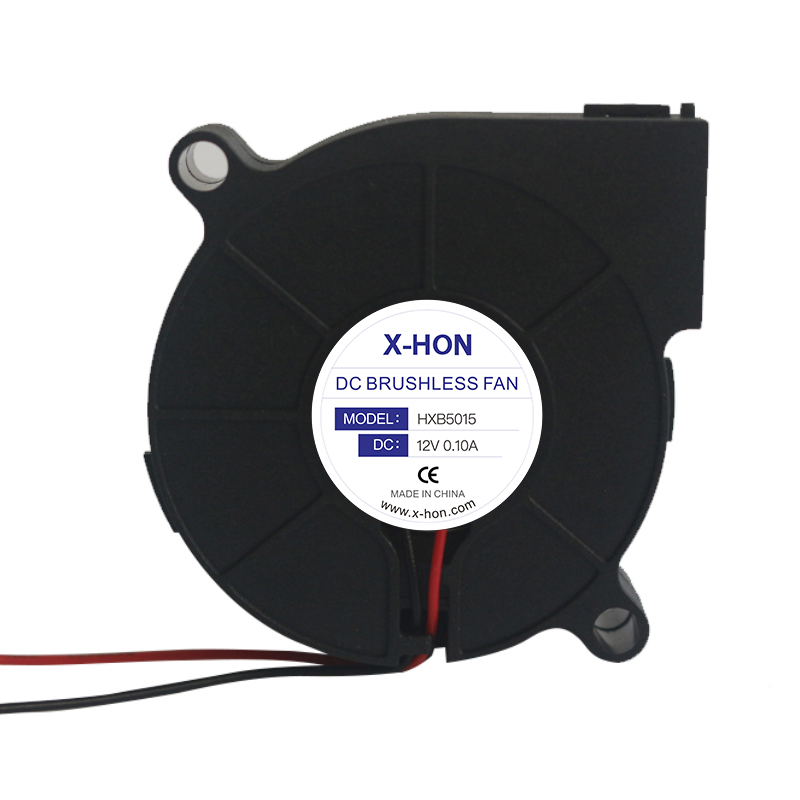
How Does the Airfoil Centrifugal Fan Stand Out?
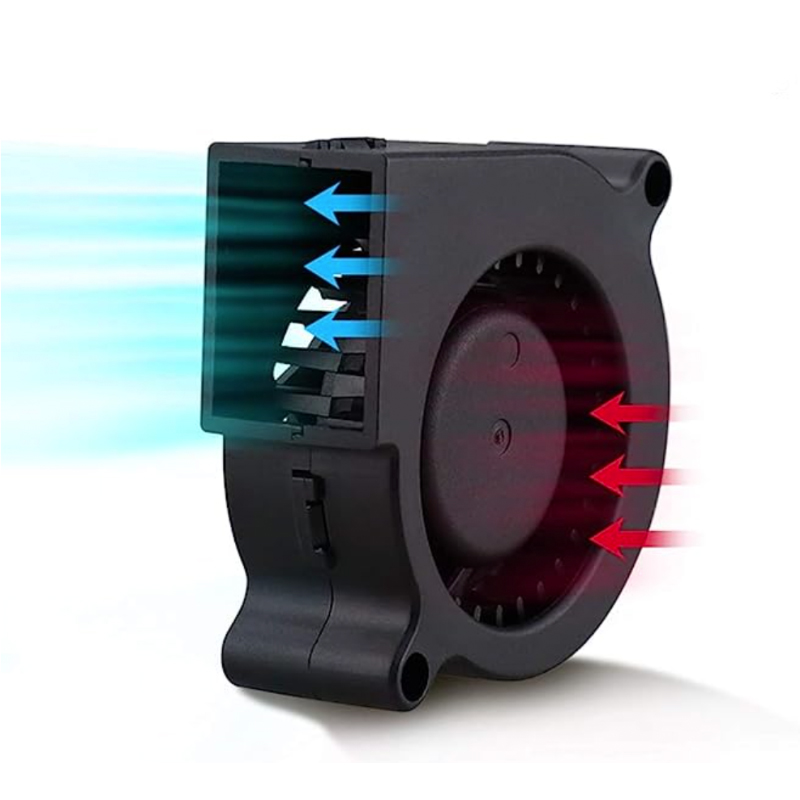
Design and Functionality
The airfoil centrifugal fan features blades shaped like an airplane wing. This design reduces drag and increases efficiency. The airfoil shape allows the fan to move air smoothly and quietly. This fan type excels in applications requiring high efficiency and low noise. The design ensures optimal airflow with minimal energy consumption.
Efficiency Factors
Airfoil fans offer superior efficiency compared to other centrifugal fan types. The unique blade shape minimizes energy loss. This results in lower operational costs. The fan maintains high performance even under varying conditions. Industries benefit from the consistent airflow and reduced energy usage. The airfoil design also contributes to a longer lifespan for the fan.
Industry Applications
Airfoil centrifugal fans find use in industries where efficiency is crucial. HVAC systems often incorporate these fans for their quiet operation. They are ideal for cleanroom environments due to their low noise levels. The fans also serve in industrial processes requiring precise airflow control. Many facilities choose airfoil fans for their energy-saving benefits.
What Are the Benefits of Inline Centrifugal Fans?

Design Aspects
Inline centrifugal fans feature a compact design. The fan aligns with the ductwork, allowing for easy installation. This design saves space and simplifies maintenance. The inline configuration provides a streamlined airflow path. This reduces turbulence and enhances performance. The fan's construction supports various mounting options.
Performance Characteristics
Inline fans deliver consistent airflow with minimal noise. The design ensures efficient air movement through duct systems. These fans handle both low and high-pressure applications effectively. The inline configuration allows for flexible placement within systems. Performance remains stable even in challenging environments. The fan's durability makes it suitable for continuous operation.
Use Cases
Inline centrifugal fans are popular in residential and commercial settings. They provide effective ventilation in confined spaces. Many HVAC systems use inline fans for ducted applications. The fans also support air extraction in kitchens and bathrooms. Industrial facilities rely on inline fans for localized ventilation. The versatility of these fans meets diverse airflow needs.
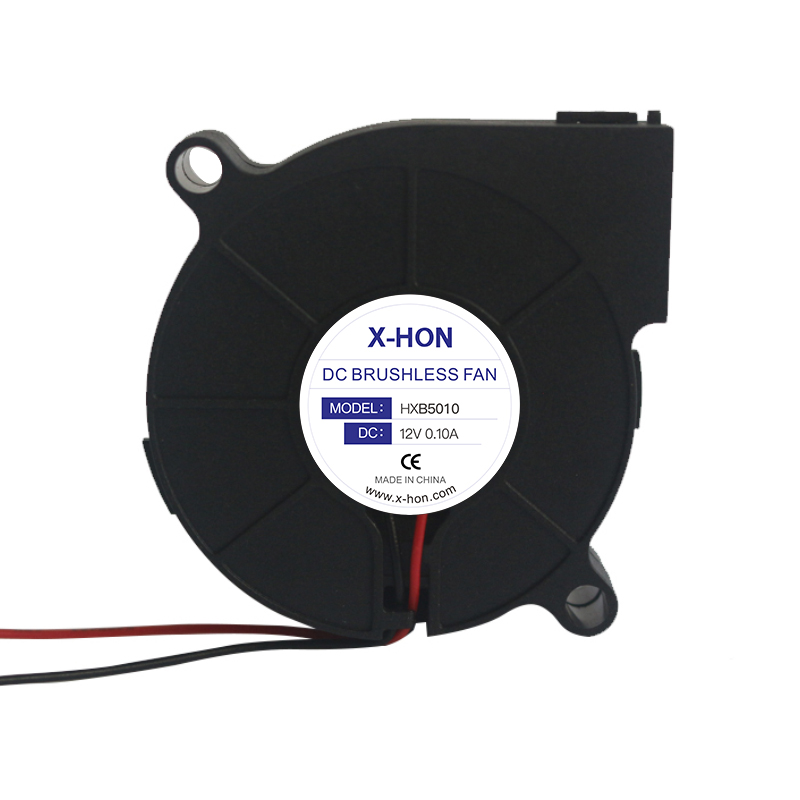


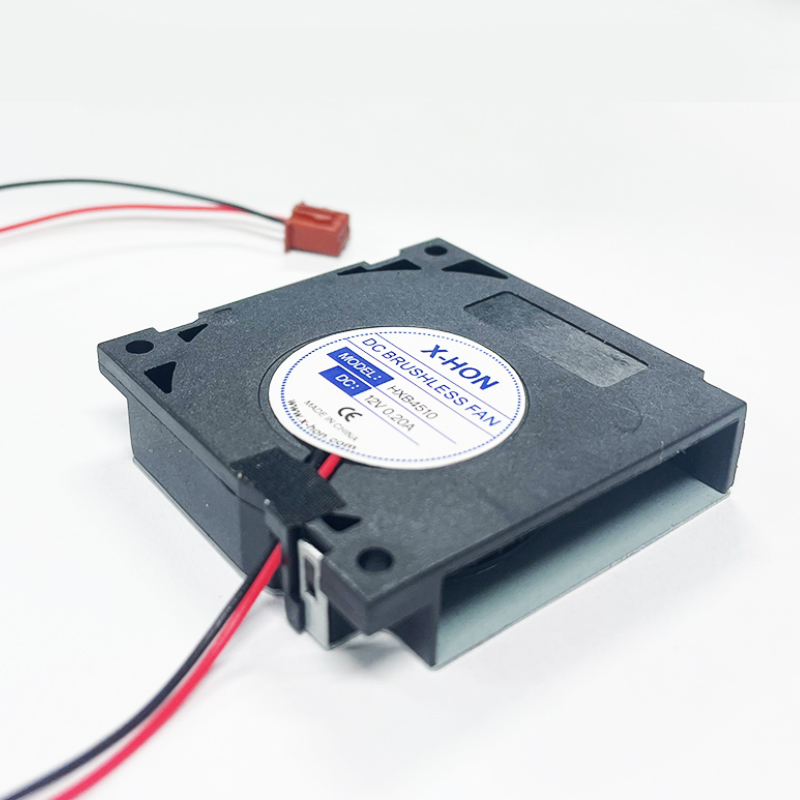
How Do Centrifugal Fans Operate?
Understanding how a centrifugal fan operates can help in selecting the right one for specific needs. Let's dive into the basics of their operation.
What Is the Basic Working Principle of a Centrifugal Fan?

Airflow Dynamics
A centrifugal fan moves air by converting rotational energy into airflow. The fan blades push air outward from the center, creating a high-pressure flow. This movement allows the fan to handle large volumes of air efficiently.
Energy Conversion
The fan motor converts electrical energy into mechanical energy. This energy powers the rotation of the fan blades. The conversion process ensures that the fan delivers consistent airflow at various pressures.
Mechanical Components
Key components include the impeller, housing, and motor. The impeller rotates to move air, while the housing directs the airflow. The motor provides the necessary power for operation.
How Do Design Variations Affect Centrifugal Fan Performance?

Impact of Blade Design
Blade design influences airflow and pressure. Forward-curved blades offer low noise and efficient airflow. Backward-curved blades provide higher pressure and energy efficiency.
Influence of Casing Shape
The shape of the casing affects airflow direction and pressure. A well-designed casing minimizes turbulence and enhances performance. Different shapes suit various applications, from HVAC to industrial processes.
Role of Motor Power
Motor power determines the fan's ability to handle different pressures. A powerful motor supports high-pressure applications. Selecting the right motor ensures optimal performance and energy efficiency.
What Are the Key Factors in Centrifugal Fan Selection?
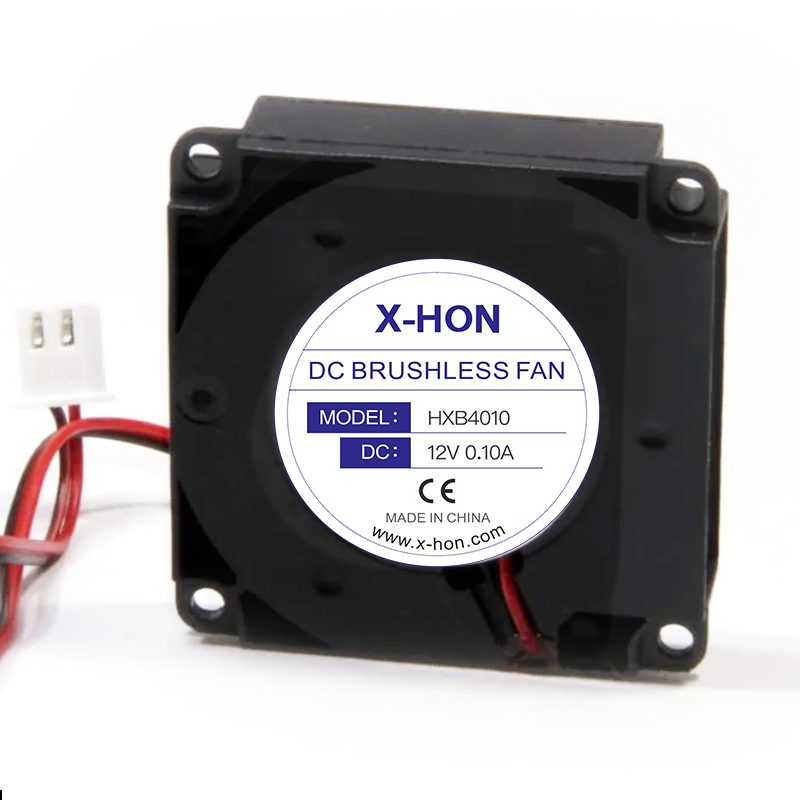
Application Requirements
Consider the specific needs of the application. Different environments require different airflow rates and pressures. Selecting the right fan type ensures effective performance.
Environmental Considerations
Environmental factors like temperature and humidity impact fan performance. Choose materials and designs that withstand specific conditions. This ensures durability and reliability.
Cost and Efficiency
Balance cost with efficiency when selecting a fan. Energy-efficient designs reduce operational costs. Investing in the right fan leads to long-term savings and performance benefits.
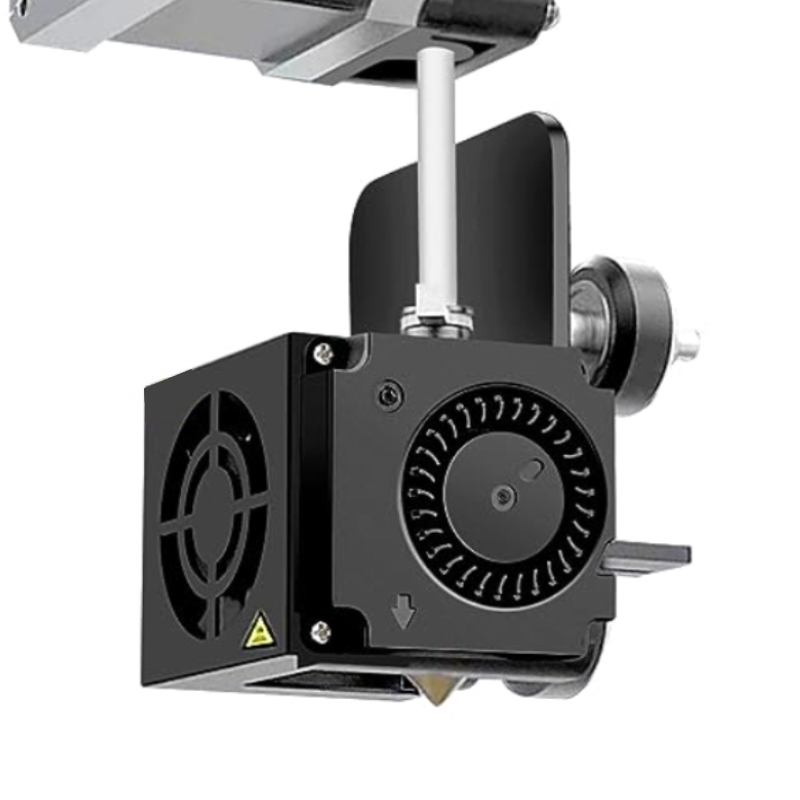
Where Are Centrifugal Fans Commonly Used?

Centrifugal fans find applications across various settings. Each environment benefits from the unique capabilities of these fans. Let's explore how different sectors utilize centrifugal fans.
What Are the Industrial Applications of Centrifugal Fans?
Industrial settings rely heavily on centrifugal fans. These fans enhance efficiency and productivity in several ways.
Manufacturing Processes
Manufacturing processes often require precise airflow control. Centrifugal fans provide this control effectively. The fans handle large volumes of air, which is crucial for cooling machinery. They also help in drying processes by circulating air efficiently. Factories benefit from the robust performance of these fans.

HVAC Systems
HVAC systems in industrial facilities depend on centrifugal fans. These fans ensure proper ventilation and temperature control. The fans operate efficiently even under high-pressure conditions. This capability makes them ideal for large-scale HVAC installations. Industrial environments maintain optimal air quality with these fans.
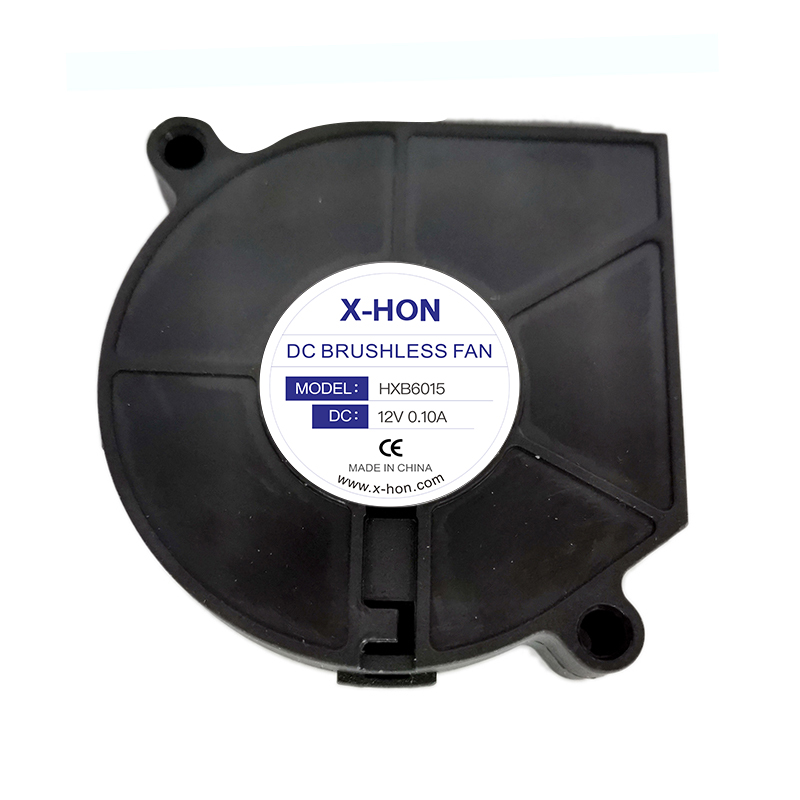
Pollution Control
Pollution control systems use centrifugal fans extensively. The fans remove contaminants from the air effectively. They play a crucial role in maintaining clean air standards. Industries rely on these fans for dust and gas extraction. The fans' ability to withstand harsh environments enhances their utility.
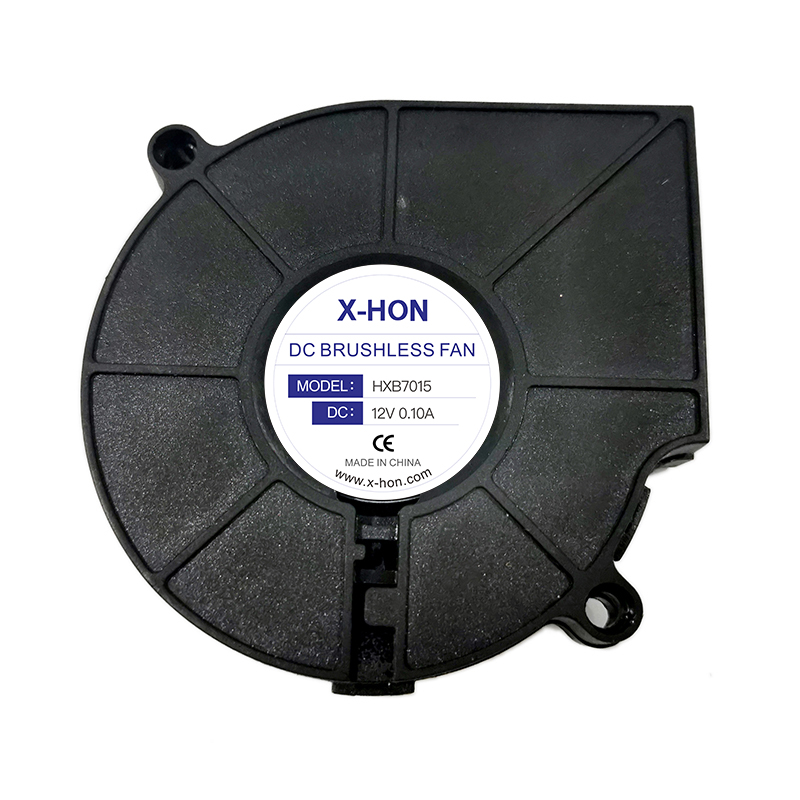
How Are Centrifugal Fans Used in Commercial Settings?
Commercial spaces benefit from the versatility of centrifugal fans. These fans address various needs in such environments.
Building Ventilation
Building ventilation systems incorporate centrifugal fans for efficient airflow. The fans ensure fresh air circulation throughout the building. They help maintain comfortable indoor environments. Commercial buildings rely on these fans for effective ventilation solutions.
Air Quality Management
Air quality management in commercial settings requires reliable solutions. Centrifugal fans provide consistent airflow for this purpose. The fans support air purification systems by moving air through filters. Businesses maintain healthy indoor air quality with these fans.
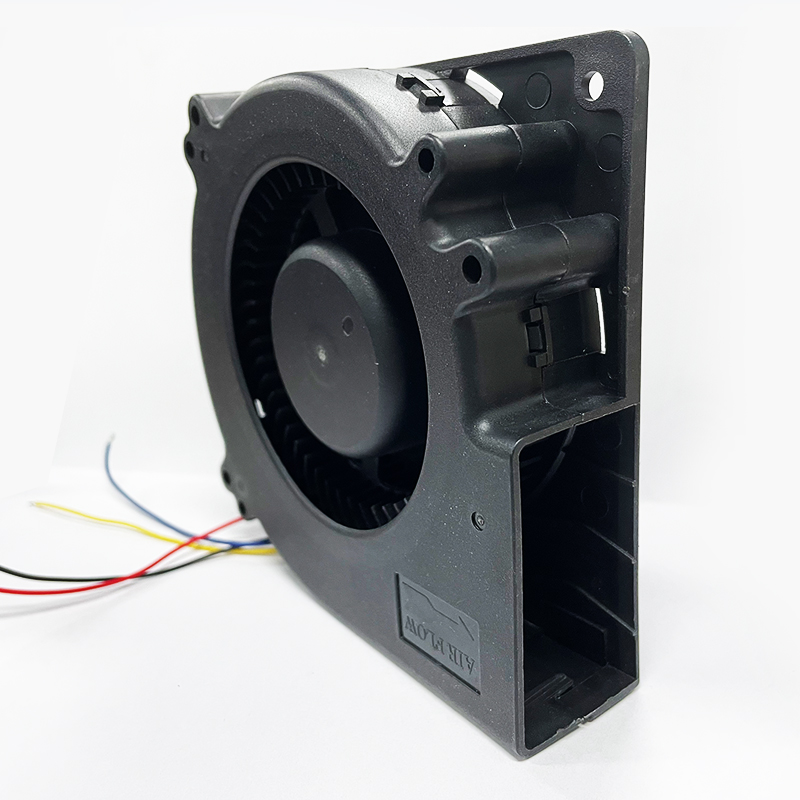
Energy Efficiency Solutions
Energy efficiency remains a priority in commercial spaces. Centrifugal fans contribute to energy-saving efforts. The fans operate with minimal energy consumption while delivering powerful airflow. Businesses achieve cost savings and environmental benefits with these fans.
What Are the Residential Uses of Centrifugal Fans?
Residential applications also benefit from centrifugal fans. These fans enhance comfort and convenience in homes.
Home Ventilation
Home ventilation systems utilize centrifugal fans for effective airflow. The fans ensure proper air exchange, reducing indoor pollutants. Homeowners enjoy improved air quality and comfort with these fans.
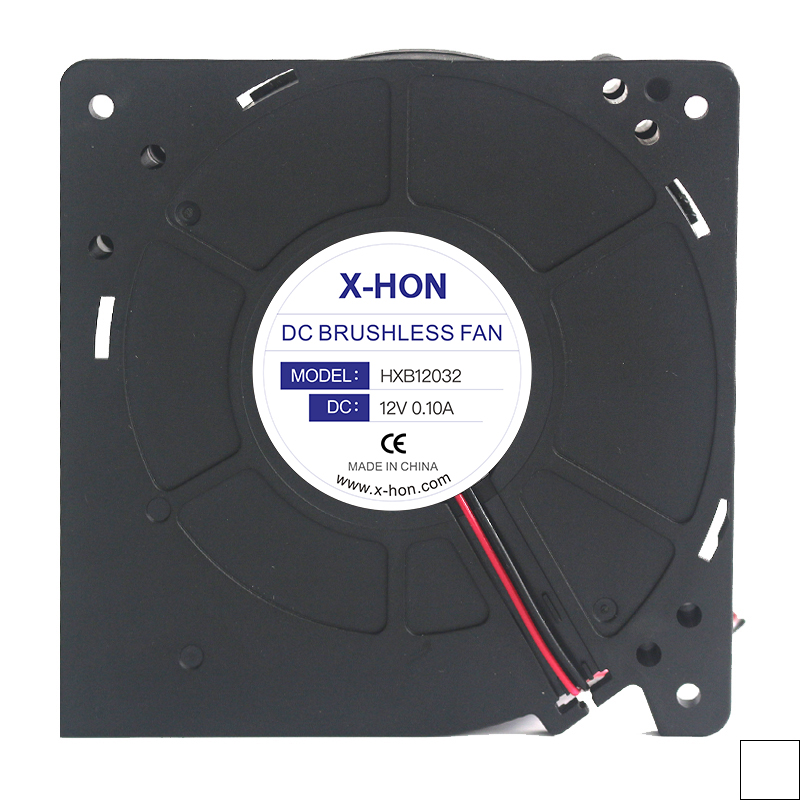
Kitchen Exhaust Systems
Kitchen exhaust systems rely on centrifugal fans for odor and smoke removal. The fans handle high-pressure airflow, making them ideal for this application. Kitchens maintain a clean and pleasant environment with these fans.
